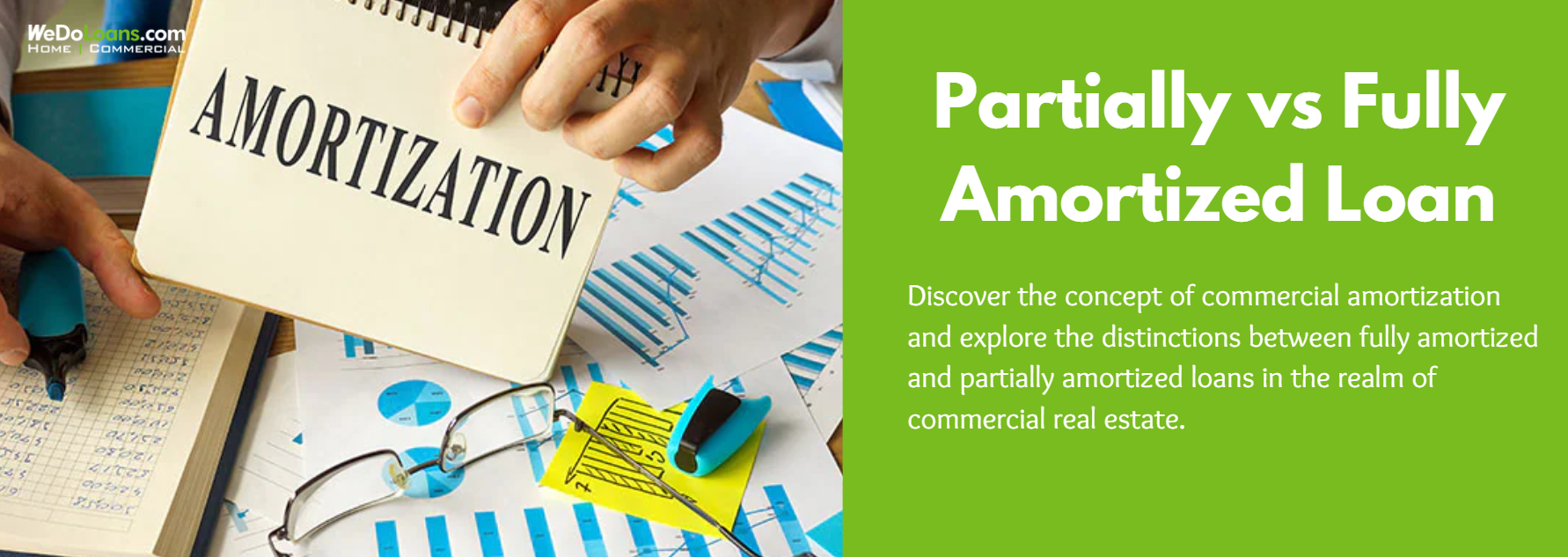
A partially amortized loan is a commonly used tool among commercial real estate investors due to its unique advantages. While all loans amortize to some extent, whether they are commercial or not, they generally fall into two main categories: fully amortized and partially amortized. Knowing the differences between these two options is essential for making informed investment decisions.
What Is Amortization in a Commercial Loan?
Amortization refers to the repayment process of a loan, where the borrower agrees to make regular payments over time to pay off the borrowed amount. Each payment typically includes a portion that goes toward the loan’s principal—the original amount borrowed—and a portion that covers interest.
In a fully amortized loan, such as a 10-year fixed-rate loan, borrowers make equal monthly payments throughout the loan term (e.g., 120 payments for a 10-year term). Initially, more of the payment is allocated to interest, but over time, the allocation shifts, with a larger portion going toward the principal.
This fully amortized structure is widely used, but partially amortized loans are also a popular option, particularly in commercial real estate.
Fully Amortized vs. Partially Amortized Loans
In a fully amortized loan, the borrower follows a set amortization schedule where each payment reduces both the interest and the principal until the loan is entirely paid off by the end of the term. Payments remain equal throughout the loan’s lifetime when the interest rate is fixed.
Conversely, a partially amortized loan operates differently. While it follows an amortization schedule, it does not fully pay off the loan within its term. Instead, after a set period (commonly 7–9 years), the borrower faces a large remaining balance—often called a balloon payment.
During the loan term, payments are calculated based on a longer amortization period than the loan’s actual term, resulting in lower monthly payments. However, the borrower must address the remaining balance by refinancing or making the balloon payment at the end of the term.
How Partially Amortized Loans Work in Commercial Real Estate
In commercial loans, partially amortized loans consist of two components: the loan term and the amortization period. For example, a loan might have a 7-year term but an amortization schedule based on 30 years. During the 7-year term, payments are made as if the loan is spread over 30 years. However, at the end of the term, the outstanding balance is due in a lump sum.
To avoid the balloon payment, investors often refinance the loan at the end of the term.
Advantages of Partially Amortized Loans
- Lower Monthly Payments: Since the payments are spread over a longer amortization period, the monthly cost is reduced.
- Cost Efficiency: Investors can minimize upfront payments and potentially save money if the loan is refinanced or the property is sold before the term ends.
- Flexibility: For investors planning to sell the property or refinance before the term ends, partially amortized loans offer a strategic way to reduce costs.
Disadvantages of Partially Amortized Loans
- Balloon Payment Risk: Borrowers must make a substantial payment at the end of the term, which can be challenging if refinancing is not possible.
- Default Risk: Failing to make the balloon payment can lead to loan default and loss of the property.
- Higher Long-Term Costs: Paying less toward the principal early on can result in higher overall interest costs.
Conclusion
Both fully and partially amortized loans are essential tools in commercial real estate financing. Investors should carefully evaluate their financial strategy, property management plans, and refinancing options before choosing between the two. Understanding the risks and benefits associated with these loans ensures better decision-making and long-term investment success.
